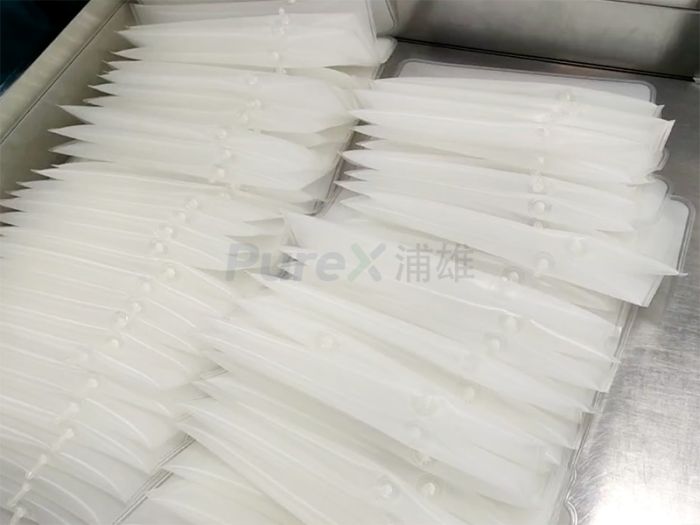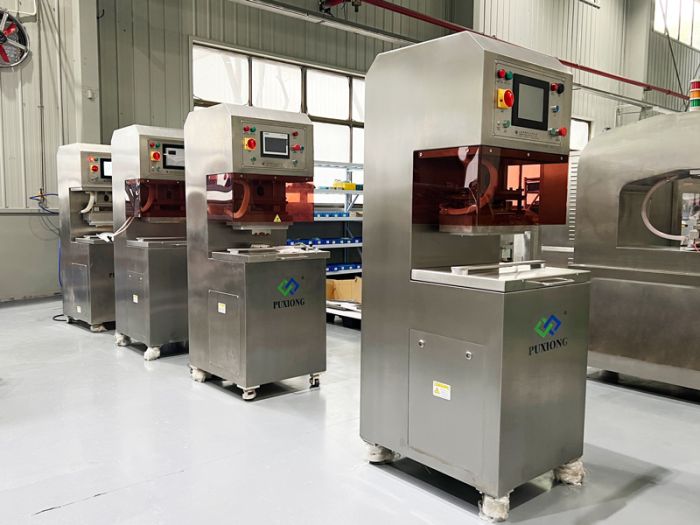Thermal sealing production of balloon catheter: advantages of technological innovation and cost control
I. Advantages of Heat Sealing Technology
-
High Material Utilization Rate
High-frequency heat sealing technology achieves efficient material utilization by precisely controlling temperature and pressure to create a tight bond between the balloon and catheter, minimizing waste. -
High Connection Strength
High-frequency heat sealing uses elevated temperatures to melt and fuse materials, forming connections with exceptional strength and stability. This ensures reliability and durability during complex medical procedures, significantly reducing the risk of connection failure and related medical incidents. -
High Automation Level
Modern heat sealing equipment features advanced automation, capable of independently executing material placement, heating, fusion, cooling, and shaping. This reduces manual intervention, minimizes human error, enhances production efficiency, and lowers labor costs.
II. Technical Principles of Heat Sealing Production
Balloon catheter heat sealing relies on technologies such as high-frequency vibration, ultrasonic energy, or thermal fusion. For instance:
- High-frequency vibration involves placing the balloon and catheter on a high-frequency vibration generator, where friction-generated heat melts and bonds the materials.
- Ultrasonic heat sealing converts molecular friction into thermal energy via ultrasonic vibrations to achieve fusion.
- Thermal fusion directly applies heat through heating elements to melt and join materials.
III. Application of Heat Sealing in Balloon Catheter Production
- Material Selection
Material choice is critical to catheter performance and longevity. Common materials include silicone, polyurethane, and metal, each requiring specific temperature and pressure parameters during sealing. For example:
- Silicone offers biocompatibility and high-temperature resistance.
- Polyurethane provides superior wear and corrosion resistance for high-stress applications.
- Production Process
The manufacturing process involves:
- Tube preparation: Selecting and precisely processing raw materials.
- Balloon forming: Shaping via stretch blow molding.
- Heat sealing: Permanently bonding the balloon to the catheter.
- Quality Control
Stringent quality measures ensure product reliability, including:
- Raw material inspection.
- Real-time process monitoring.
- Final product testing (connection strength, burst pressure, fatigue resistance).
IV. Conclusion
Balloon catheter heat sealing is an intricate and precise manufacturing process. By leveraging advanced technologies and rigorous quality control, high-performance catheters with excellent biocompatibility and durability can be produced. The advantages of heat sealing—high material efficiency, automation, and cost-effectiveness—enhance competitiveness in the medical device industry. As medical technology evolves, further refinements in heat sealing will continue to advance healthcare outcomes and meet growing global demand.



.jpg)